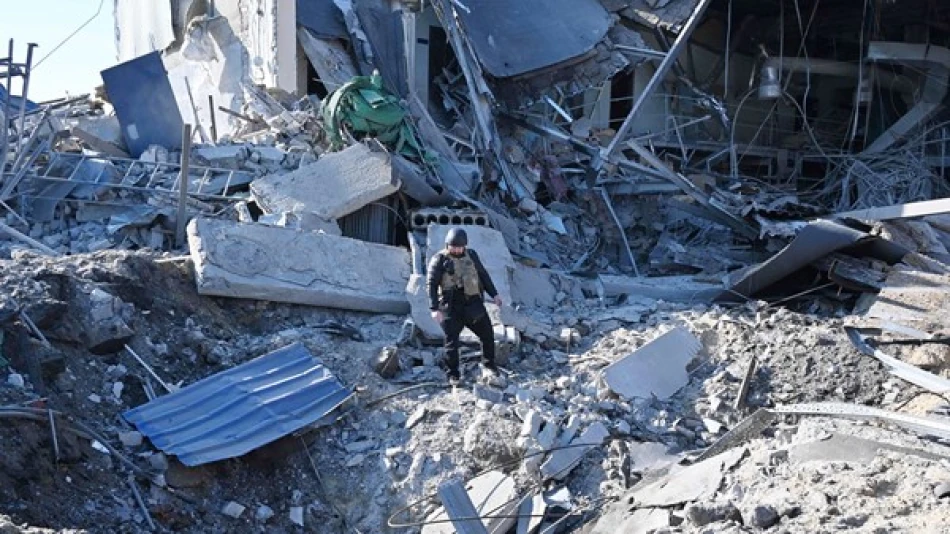
Ukraine Shoots Down 230 Drones and 6 Missiles in Fierce Aerial Defense
Ukraine Intercepts Massive Russian Drone Swarm in Latest Escalation of Air War
Ukrainian air defense forces successfully intercepted 230 out of 270 Russian drones in a large-scale overnight attack, marking one of the most intensive aerial assaults in recent months. The coordinated strike, which also included ballistic and cruise missiles, demonstrates Russia's continued reliance on drone warfare to pressure Ukrainian infrastructure and defense systems.
Scale and Scope of the Attack
The Ukrainian Air Force reported that Russia launched a multi-pronged assault involving 270 "Shahed" drones and other decoy variants from launch sites in Kursk, Millerovo, and Primorsko-Akhtarsk. The attack was supplemented by five Iskander-M ballistic missiles fired from Rostov, Voronezh, and occupied Crimea, along with five Kh-101 cruise missiles launched by strategic bombers over the Caspian Sea.
By 9:00 AM local time, Ukrainian forces had successfully neutralized 230 drones, two Iskander-M missiles, and four Kh-101 cruise missiles, representing an interception rate of approximately 85% for the drone component of the attack.
Evolution of Drone Warfare Tactics
This assault reflects Russia's increasingly sophisticated approach to drone warfare, combining mass saturation attacks with decoy systems designed to overwhelm air defenses. The use of multiple launch points across different regions suggests a coordinated effort to stretch Ukrainian defensive capabilities thin while maximizing the chances of successful strikes.
Multi-Layered Defense Response
Ukraine's defense strategy demonstrated the integration of various defensive systems, including traditional air defense units, electronic warfare capabilities, Ukrainian counter-drones, and mobile fire teams from both air force and air defense branches. This layered approach has become increasingly effective at countering mass drone attacks, though the sheer volume of incoming threats continues to pose significant challenges.
Strategic Implications for the Conflict
The high interception rate suggests Ukrainian air defenses are adapting effectively to Russian drone tactics, but the scale of the attack indicates Russia's commitment to maintaining pressure through attrition warfare. Each successful interception requires resources and ammunition, creating a costly defensive burden for Ukraine even when attacks are largely thwarted.
The timing and intensity of such attacks often correlate with broader military objectives, potentially serving as cover for other operations or aimed at degrading Ukraine's defensive capabilities ahead of planned ground offensives. The use of strategic bombers over the Caspian Sea also demonstrates Russia's ability to project force from deep within its territory, complicating Ukrainian defensive planning.
International Defense Support Implications
Large-scale attacks like this underscore the ongoing need for sustained international military aid, particularly advanced air defense systems and interceptor missiles. The consumption rate of defensive ammunition during such intensive attacks highlights the logistical challenges facing Ukraine's Western allies in maintaining adequate supply chains for sophisticated defense systems.
Most Viewed News

 Layla Al Mansoori
Layla Al Mansoori






